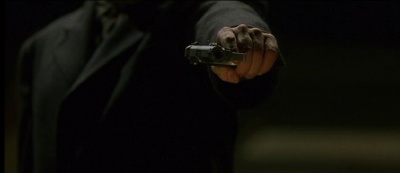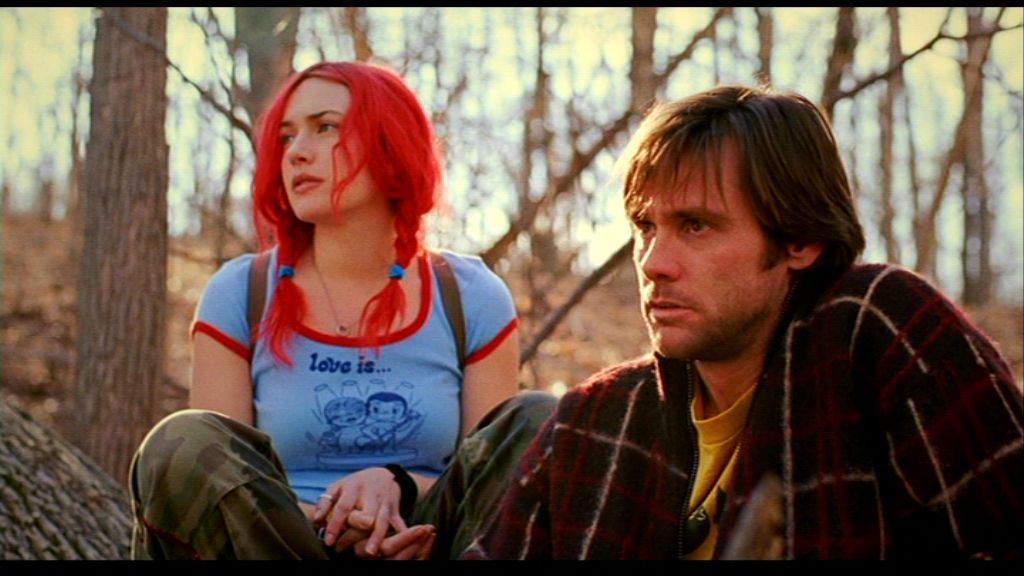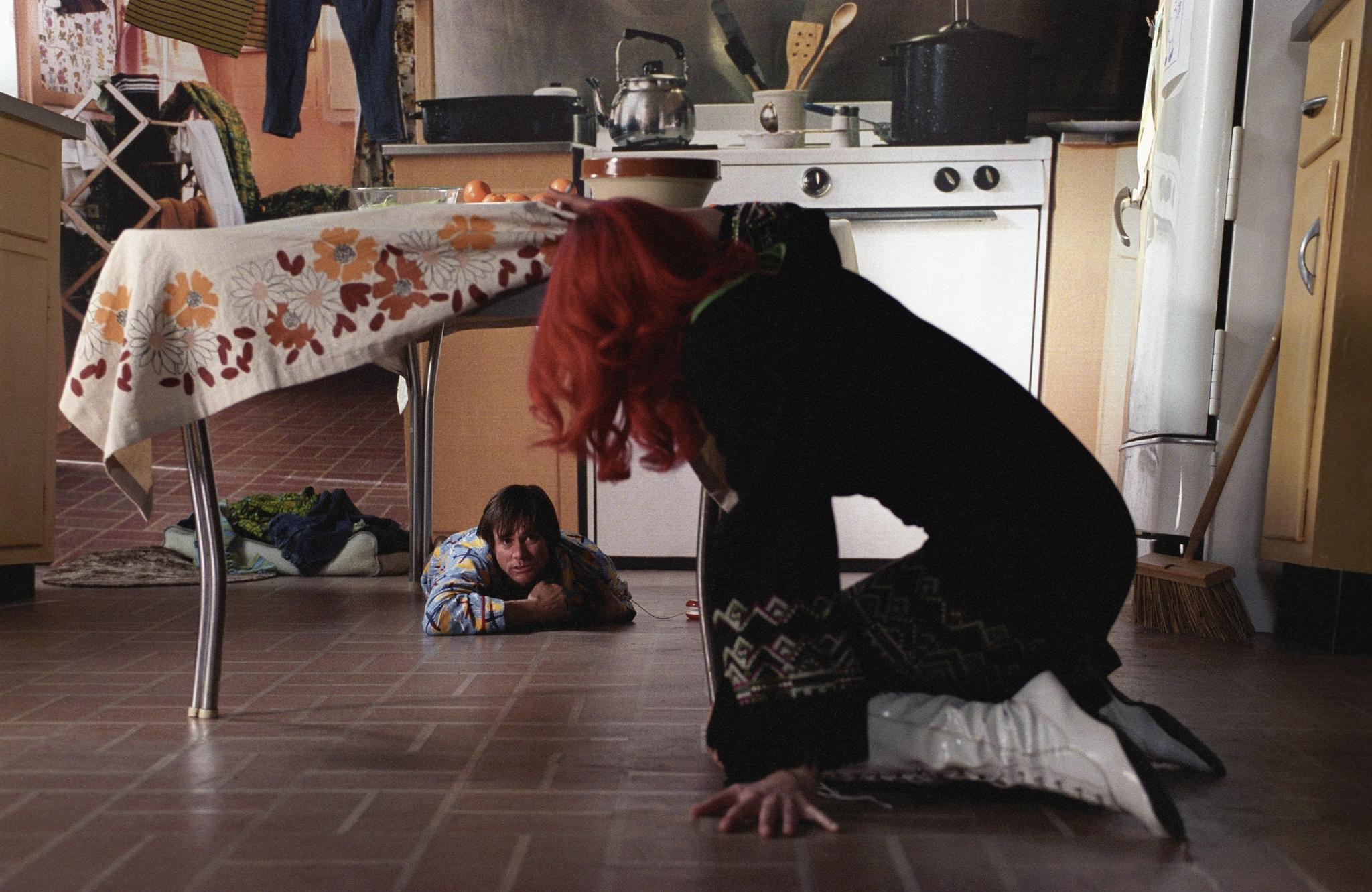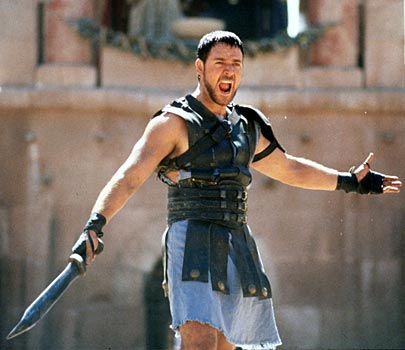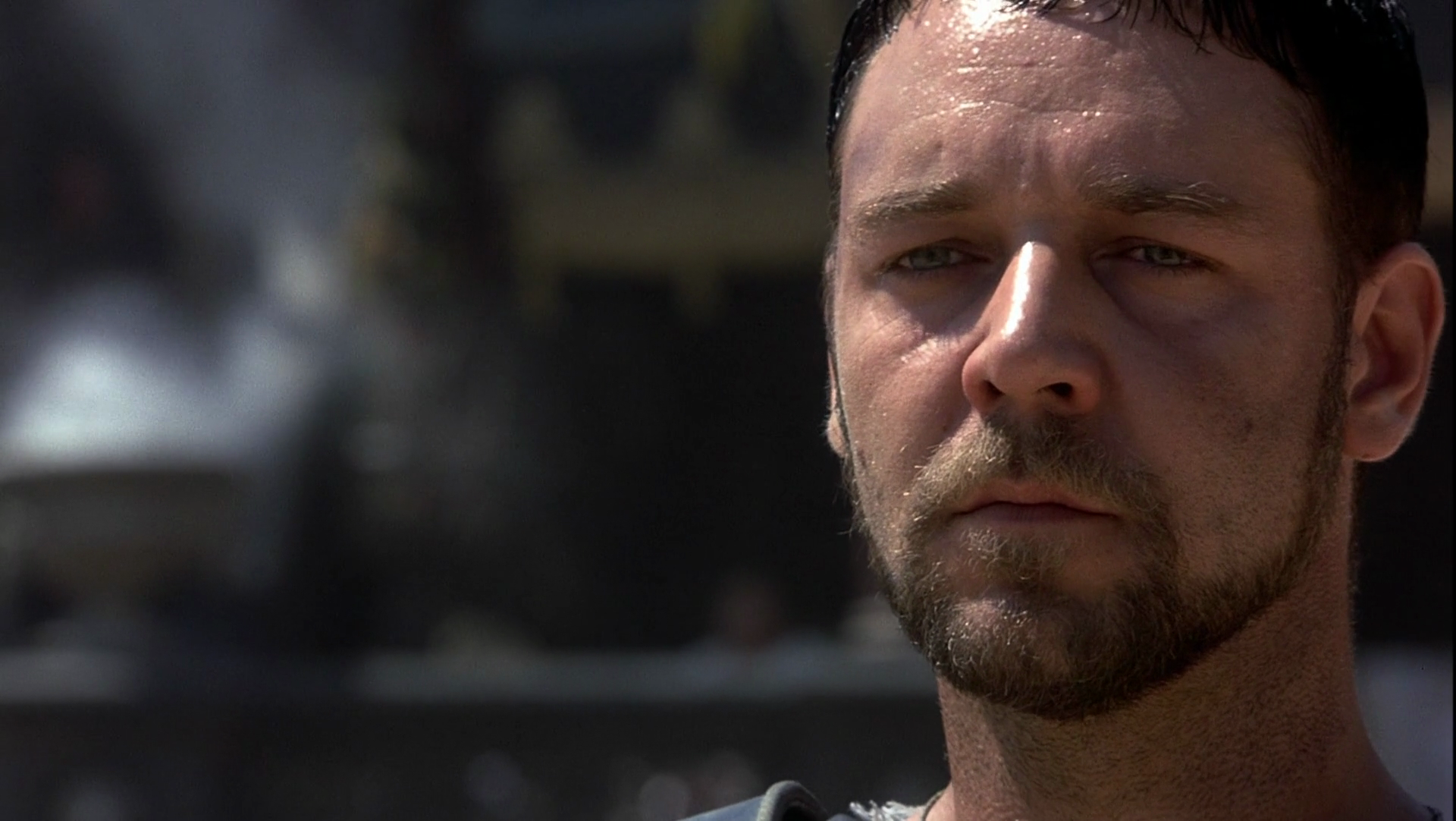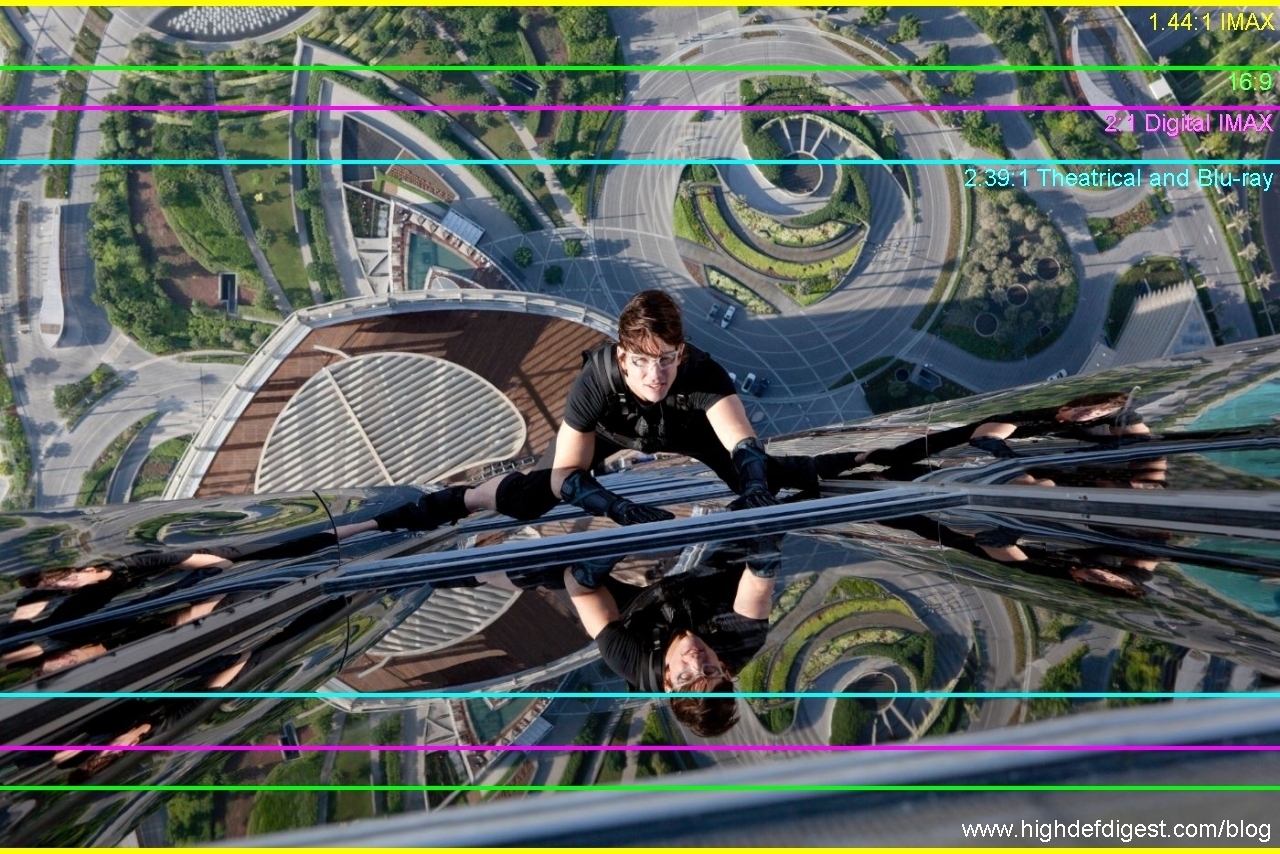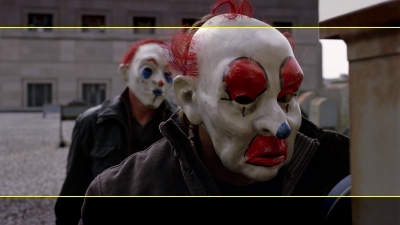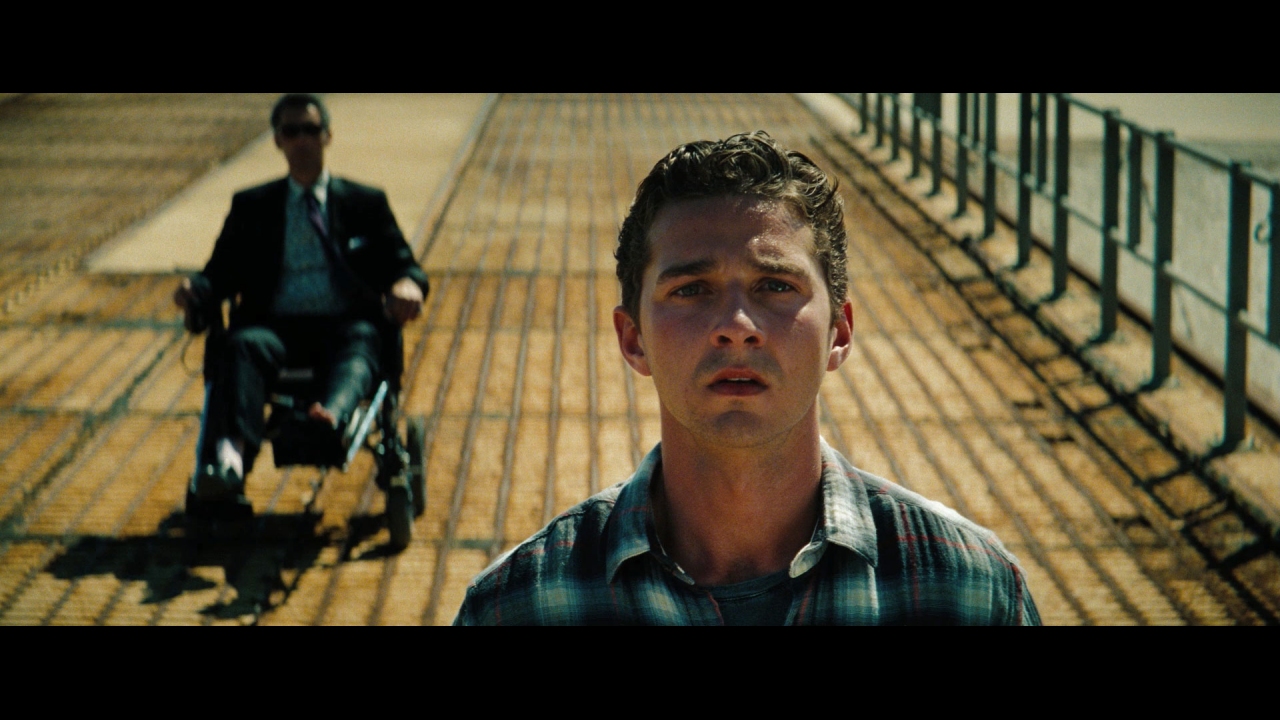The Confined and Adventure Seeking Life of Walter Mitty
Grant Davis
Within the realm of film, there is
a secret language embedded deep within the frames that speak a magnitude about
the work as a whole. This is a secret language of visuals, a language that is
easy to miss to the untrained eye, but, just like with any language, one can be
learned - and perfected. This unique type of language is known as mise en scene, a French cinematographic
term meaning “within the frame.” Everything from the depth of the shot to the objects
placed inside the frame all contribute to the artful language of mise en scene. Inside Ben Stiller’s
wildly exciting adventure as Walter Mitty in the film, The Secret Life of Walter Mitty, the elements of mise en scene can
be traced throughout the entire film to exhibit Mitty’s life-changing
experience from a dull, boring man to one that opens up to the world, one who embraces
new things, and one who takes actions toward his goals instead of just dreaming
about them.


Right in the beginning of the film,
the language of mise en scene can be heard to show the confinement and
repression of Walter Mitty’s boring and plain life. In one the first few
opening shots, Walter Mitty is sitting at his desk while writing in his
checkbook with his laptop opened besides him. The colors of the walls in Mitty’s
apartment are a faint grey-blue and the laptop and kitchen appliances are grey
and silver. These plain and listless colors all help show Mitty’s colorless and
plain life. Everything is neatly organized in Mitty’s house; nothing is placed
out of order. All of the geometry in this first shot shows his perfectionism,
from the perfectly horizontal lines on the book shelf to the perfectly vertical
brass bars. Everything in Walter’s life is organized. The wide depth of field
allows the audience to clearly see the shadow of the opened shades behind Mitty’s
head. This shadow gives the audience the subconscious impression that he is
behind the bars of a jail cell; confined in a tight space with nowhere to go. Mitty is the dominant within the first few
opening shots. While in the basement of LIFE magazine (Ironic since it appears Walter Mitty doesn't have a life), Mitty is always
hard at work, the audience is given the impression that there is an extreme
work load for Mitty as the background fills the frame with boxes overloading
with used photographs and folders. The language of mise en scene at both Walter
Mitty’s apartment and workplace help give the audience the feeling he is
surrounded by confined spaces, except for his imagination.
Walter’s life begins to open up at
the sight of Cheryl Melhoff (Kristin Wiig), the new girl at the office. It is
Cheryl that changes Walter from a plain and lifeless man to an adventure endeavoring,
thrill seeking man, by giving him something to prove himself for. In all of the
loosely framed shots which show Walter and Cheryl together, the shallow depth
of field creates bokeh (intentional blur), giving the frame an almost dream-like feeling. Cheryl’s
presence near Mitty always rids him of the stress he’s dealing with at work and
gives him a wide smile on his face, showing how much he enjoys being around her.
Right as Walter Mitty reaches Greenland, everything changes to be more open,
from the shots to the landscape. Walter opens the airplane window to see that
he is about to arrive at his destination, and the land just seems to keep going
and going. Limitless. Nothing is confined anymore. Everything is free to roam
whatever it pleases.

(Not the exact shot, but it still shows the vast landmass below)
When Walter Mitty reaches Greenland
in hopes of finding Sean O’ Connell, he searches a local tavern for his
possible whereabouts. Before befriending a drunken helicopter pilot who takes
him deep into the Atlantic, Walter Mitty dreams of Cheryl singing him “Space
Oddity” by David Bowie. This scene is in slow motion to show Walter’s last
minute decision to get on the helicopter and him taking action, since he needs
to break out of his comfort zone to possibly find Sean. Once leaping inside the
already flying helicopter, the scene stops being slow motion. As Mitty is
flying away, there is a wide-shot of Cheryl singing while standing on the dark
blue helicopter pad. She is the only object in the frame and gets smaller and
smaller in size as the helicopter flies farther and farther away. After Walter
arrives in Iceland, he is met with the challenge of getting from one small town
to another to escape an erupting volcano. He cuts up his tie and wraps two
rocks under the palms of his hand to cushion them against the rough asphalt of
the road. Walter grabs his longboard and begins his crazy long boarding ride
along a windy, beautiful scenic route showcasing Iceland’s beautiful mountains
and lanscape. This scene best shows Walter’s transformation - and ultimately
freedom - by the wide and deep shots, as well as his open arms to show his new
embracing personality. Walter’s transformation from a plain and lifeless man is
done so by the gorgeous new girl in the office, Cheryl Melhoff. Walter’s desire
to prove himself for Cheryl is ultimately in charge of giving him a new life as
an adventurous man, determined to find the lost picture by Sean O’ Connell, so
the last TIME magazine can be issued.

The secret language of film known
as mise en scene is very important for giving the audience clues to the deeper
meaning of the film. A designated position for this special skill in film making is
known as a cinematographer, or one who “records movements” inside the film
frame. Mise en scene in this film consistently support Walter Mitty’s
transformation from a man who was confined to his apartment and his workplace
to a volcano evading, mountain climbing, thrill seeking man who now lives life
to the fullest and with no regret, because a certain woman entered his life and gave him something to prove himself for.






